
Anti-flash White
What color is Anti-flash White?
It reflects some of the heat and light that would otherwise damage the plane and its crew.
Anti-flash white is commonly seen on British, Soviet, and US nuclear bombers.
The CMYK color codes, used in printers, are C:1 M:0 Y:0 K:4.
In the HSL scale, anti-flash white has a hue of 210°, 95.3% saturation, and a lightness value of 96%.
Anti-flash white can create a sense of spaciousness, cleanliness, and freshness in these spaces.
However, anti-flash white can also look cold and sterile if not balanced with other colors, textures, and accessories.
It has a HEX code of #F2F3F4 and can be used in various ways for color combinations, patterns, and interior design.
Anti-flash white is a versatile and practical color that can suit many purposes and preferences.
Example of the palette with the Anti-flash White color

See these colors in NCS, PANTONE, RAL palettes...
What are the examples of Anti-flash White color in life?
It reflects some of the heat and light that would otherwise damage the plane and its crew.
Anti-flash white is commonly seen on British, Soviet, and US nuclear bombers.
Some examples of anti-flash white color in life are:
- The underside of the fuselage of some variants of the Xian H-6, a Chinese bomber.
- The entire body of the Tupolev Tu-160, a Russian bomber nicknamed "White Swan".
- The Concorde, a supersonic passenger jet that was painted white to reduce the heating effect of the sun at high altitudes.
- The hex code #F2F3F4, which is the closest approximation of anti-flash white in digital media.
- The color of snow or clouds on a sunny day, which also reflect some of the solar radiation.
Example of the palette with the Anti-flash White color

See these colors in NCS, PANTONE, RAL palettes...
What is the color code for anti-flash white?
This code is composed of a hexadecimal F2 red (242/256), a F3 green (243/256) and a F4 blue component (244/256).
The decimal RGB color code is rgb (242,243,244).
Example of the palette with the Anti-flash White color

See these colors in NCS, PANTONE, RAL palettes...
What is anti-flash paint?
The paint was supposed to reflect some of the heat and light from the blast, giving the aircraft and its crew a better chance of survival.
Anti-flash paint was inspired by a 1953 study called "The House in the Middle", which showed that a freshly painted white house was less damaged by a nuclear test than two houses with old and dirty surfaces.
This paint was commonly seen on British, Soviet, and U.S.nuclear bombers in the 1950s and 1960s.
Some examples of aircraft that had anti-flash paint on their underside or all over are:
British V bombers (Avro Vulcan, Handley Page Victor, Vickers Valiant) and Blackburn Buccaneer
Soviet Tu-95, Tu-16, Tu-22M, Tu-160, and M-4
U.S. B-50, B-47, B-52, and E-6 Mercury
Anti-flash paint is not widely used today, as nuclear weapons have become more powerful and accurate, and aircraft have developed other means of avoiding or surviving a nuclear attack.
However, some aircraft, such as the U.S. Navy E-6 Mercury, still retain the anti-flash paint scheme.
Example of the palette with the Anti-flash White color

See these colors in NCS, PANTONE, RAL palettes...
Example of the palette with the Anti-flash White color

See these colors in NCS, PANTONE, RAL palettes...
What is the anti nuclear flash white?
The white color reflects some of the heat and light that would otherwise damage the plane and its crew.
Anti-nuclear flash white was commonly seen on British, Soviet, and US nuclear bombers during the Cold War era.
It was inspired by a 1953 study called "The House in the Middle", which showed that a freshly painted white house was less affected by a nuclear blast than a house with old, dry, or dirty surfaces.
The study was part of Operation Upshot-Knothole, a series of nuclear tests conducted in Nevada.
Anti-nuclear flash white is not the only color that can reduce the effects of thermal radiation.
Other light colors, such as silver or light gray, can also reflect some of the heat and light.
For example, the Concorde supersonic airliner was painted white to reduce the additional heating effect on the aluminum skin caused by the sun and aerodynamic friction at high altitudes.
Example of the palette with the Anti-flash White color

See these colors in NCS, PANTONE, RAL palettes...
Example of the palette with the Anti-flash White color

See these colors in NCS, PANTONE, RAL palettes...
Example of the palette with the Anti-flash White color

See these colors in NCS, PANTONE, RAL palettes...
What is the RGB for anti-flash white?
This means that the color is composed of 94.9% red, 95.29% green and 95.69% blue in the RGB color model.
The hexadecimal code of this color is #F2F3F4, which can be used to specify the color in HTML or CSS.
The color anti-flash white is a very light shade of cyan-blue, with a hue of 210°, a saturation of 8.3% and a lightness of 95.3% in the HSL color space.
Anti-flash white is a white color commonly seen on British, Soviet, and U.S.nuclear bombers.
The purpose of the color is to reflect some of the thermal radiation from the flash of a nuclear explosion, reducing the damage to the aircraft and its crew.
Example of the palette with the Anti-flash White color

See these colors in NCS, PANTONE, RAL palettes...
What looks best in Anti-flash White?
It is a neutral and cool color that can create a sense of calmness and elegance.
Some of the things that look best in anti-flash white are:
Aircraft: Anti-flash white is a classic color for aircraft, especially those with a military or historical significance.
It can highlight the sleek and powerful design of the planes, as well as evoke a sense of nostalgia and respect.
For example, the Concorde, the Tupolev Tu-160, and the Avro Vulcan are some of the iconic aircraft that were painted in anti-flash white.Clothing: Anti-flash white is a versatile color for clothing, as it can match with almost any other color and suit any occasion.
It can also create a contrast with darker or brighter colors, making them stand out more.
For example, a white shirt, a white dress, or a white coat can be paired with different accessories and shoes to create different looks.Interior design: Anti-flash white is a great color for interior design, as it can create a spacious and airy feeling in any room.
It can also reflect natural light and make the space brighter and more inviting.
For example, a white wall, a white sofa, or a white rug can be combined with other colors and textures to create a cozy and stylish atmosphere.
Example of the palette with the Anti-flash White color

See these colors in NCS, PANTONE, RAL palettes...
What strange or uncommon things can be of the Anti-flash White color?
Example of the palette with the Anti-flash White color

See these colors in NCS, PANTONE, RAL palettes...
The Rise of Anti-Flash White
Anti-flash White was not just any white. It was a shade that seemed to glow with a soft, ethereal light, calming and invigorating at the same time. Calvin believed it had the power to transform spaces, making them feel both expansive and intimate. However, in a city that thrived on bold colors, Calvin feared that his love for this subtle hue would be misunderstood.
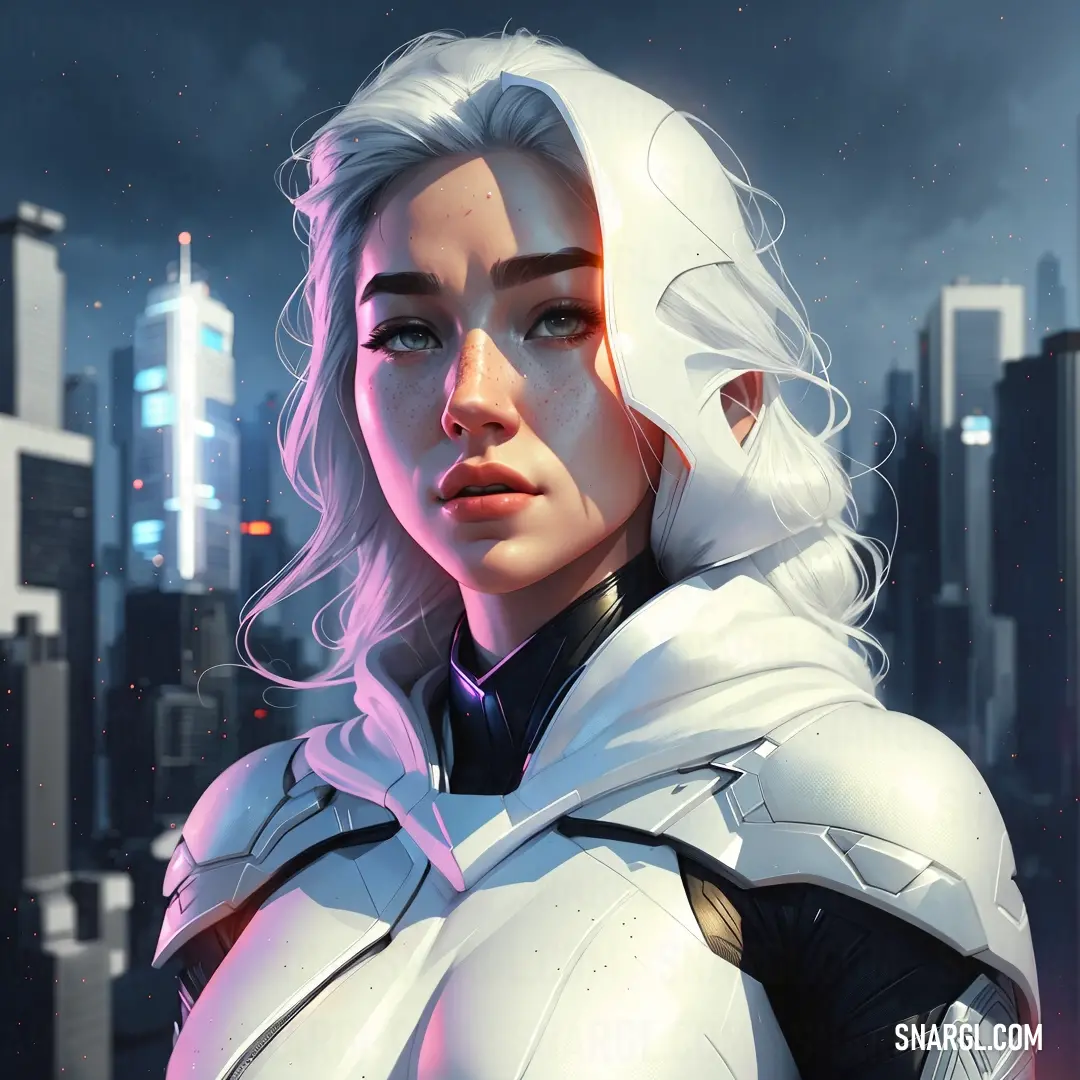
One day, while working on a mural in the heart of Artisville, Calvin met Vivienne Rodriguez, a meticulous cleaner with an eye for detail. Vivienne was known for her ability to make any space sparkle, but she also had a keen sense of design. She could see the potential in every room she cleaned, envisioning how a touch of color or a change in layout could make a world of difference.
As Calvin painted and Vivienne cleaned, they struck up a conversation about their dreams and passions. Calvin hesitantly shared his love for Anti-flash White, expecting Vivienne to dismiss it as too plain. To his surprise, Vivienne's eyes lit up with excitement.
"Calvin, Anti-flash White is exactly what this city needs!" she exclaimed. "It's a color that can bring a sense of peace and clarity to our chaotic lives. We should show everyone its magic."
Inspired by Vivienne's enthusiasm, Calvin decided to take a leap of faith. Together, they embarked on a mission to introduce Anti-flash White to Artisville. Their first project was a small café owned by a friend of Vivienne's. The café was cozy but cluttered, with walls painted in a mishmash of colors that made the space feel cramped.

Calvin and Vivienne worked tirelessly, painting the walls in Anti-flash White and rearranging the furniture to create a more open and inviting atmosphere. When they were done, the transformation was astounding. The café felt brighter, more spacious, and incredibly serene. Customers who walked in were immediately struck by the calming ambiance, and word of the café's new look spread quickly.
Encouraged by their success, Calvin and Vivienne took on more projects, each one more ambitious than the last. They painted offices, homes, and even a community center, all in Anti-flash White. With each transformation, the city began to see the beauty and versatility of this once-overlooked color.
Artisville's residents started to embrace the idea that a space didn't need to be filled with bold colors to be beautiful. Anti-flash White became a symbol of elegance and tranquility, a backdrop that allowed other elements of design to shine. Calvin and Vivienne's partnership flourished, and they became known as the dynamic duo who brought a new kind of artistry to the city.

Their journey wasn't without challenges. Some people were resistant to change, clinging to the belief that only vibrant colors could make a statement. But Calvin and Vivienne remained steadfast, confident in the transformative power of Anti-flash White. They held workshops and open houses, inviting people to experience the color for themselves.
Over time, the skeptics were won over. Artisville began to change, one Anti-flash White wall at a time. The city that once thrived on boldness found a new appreciation for subtlety and sophistication. Calvin and Vivienne's vision had become a reality, and their story became a testament to the power of believing in one's passion and the magic that can happen when two creative minds come together.
And so, the rise of Anti-flash White in interior design was not just about a color, but about a journey of discovery, collaboration, and the courage to see beauty in the unexpected. Calvin Gold and Vivienne Rodriguez had painted their masterpiece, not just on walls, but in the hearts of the people of Artisville.











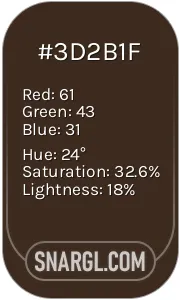 Bistre
Bistre Anti-flash White
Anti-flash White Pale taupe
Pale taupe Desert sand
Desert sand Onyx
Onyx

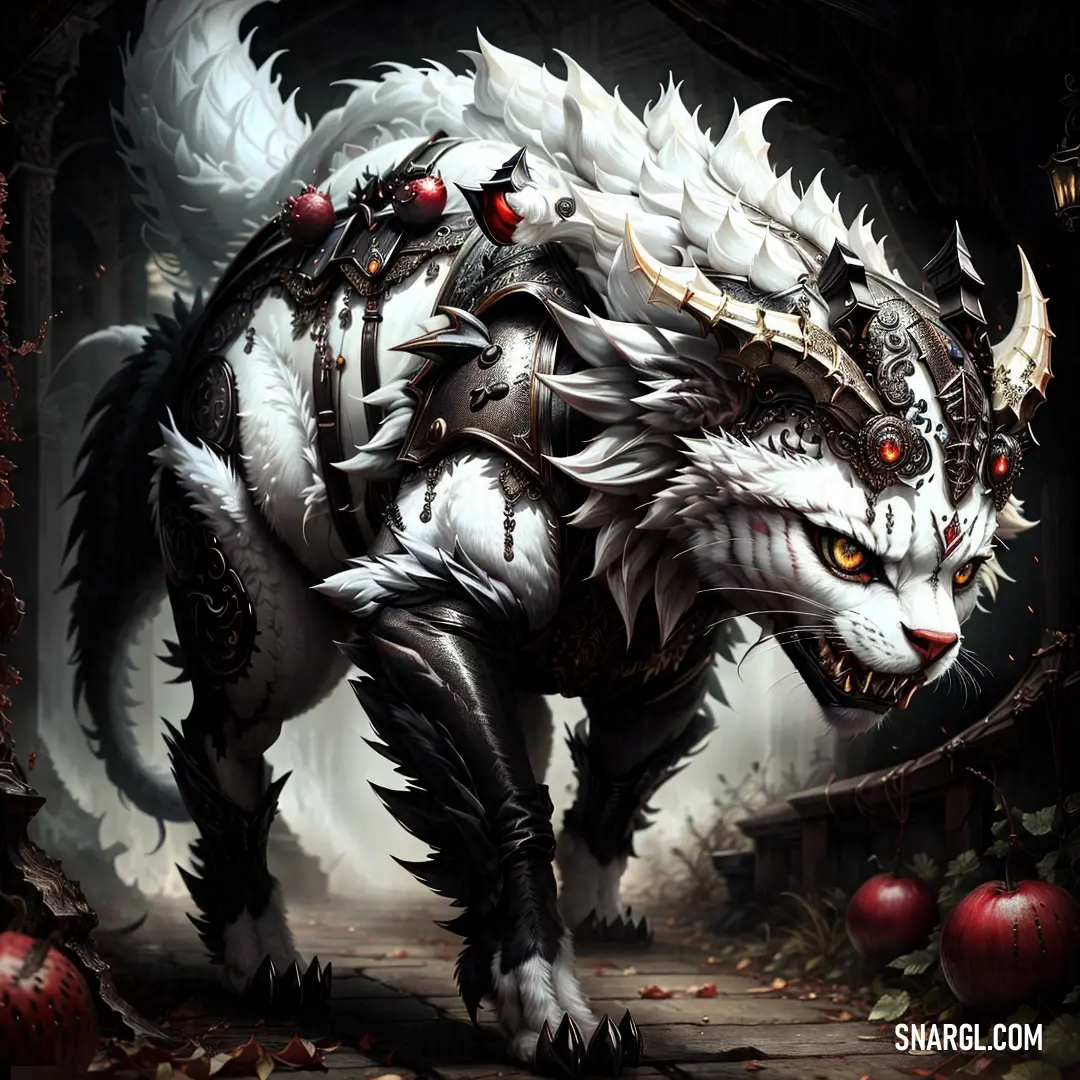

 Cadet
Cadet Dark jungle green
Dark jungle green Cadet grey
Cadet grey Light gray
Light gray



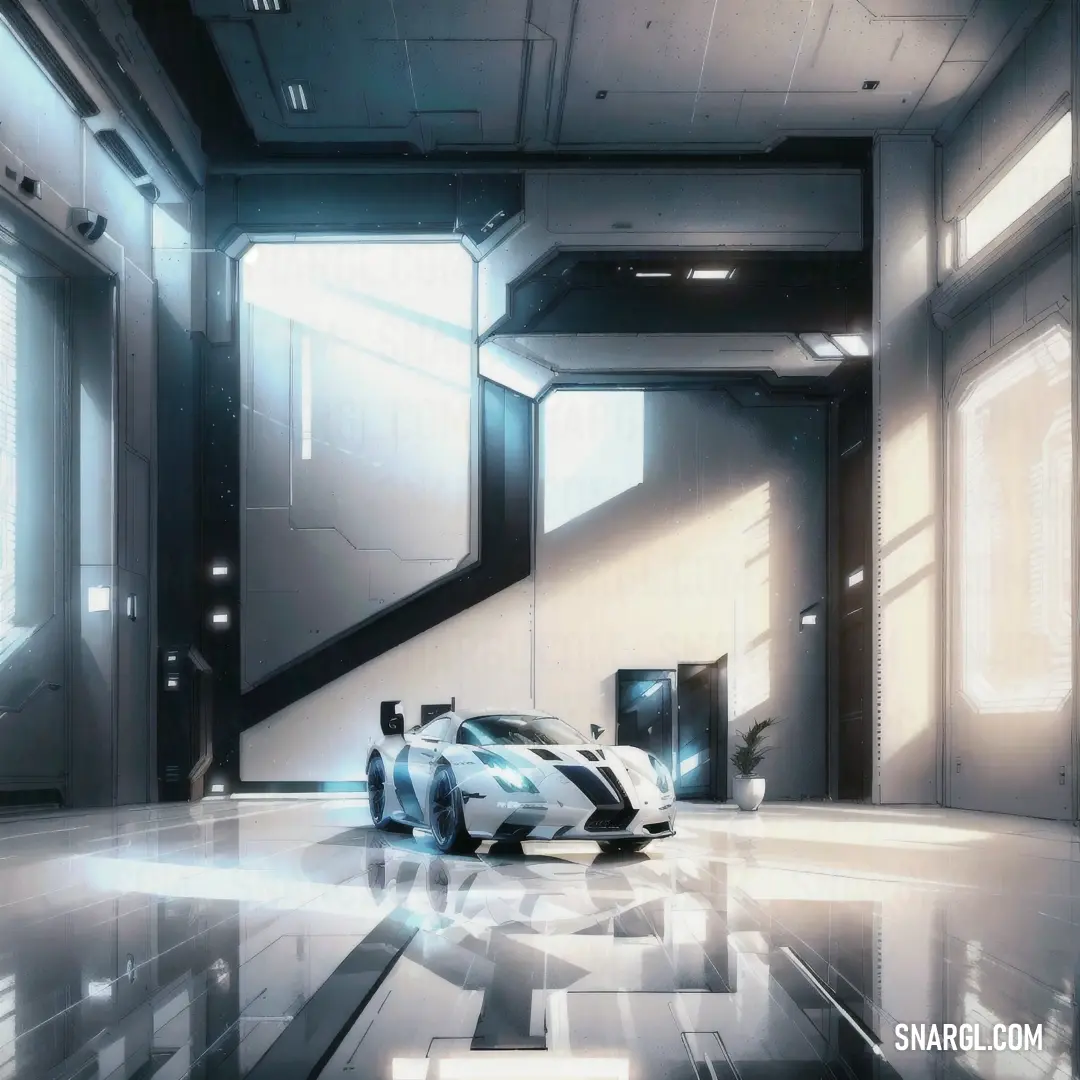
 Medium turquoise
Medium turquoise Pang
Pang Prussian blue
Prussian blue Steel blue
Steel blue








 Manatee
Manatee Old lavender
Old lavender Outer Space
Outer Space Dark gray
Dark gray Battleship Grey
Battleship Grey Dim gray
Dim gray











 Taupe gray
Taupe gray Rich black
Rich black Dark slate gray
Dark slate gray Teal blue
Teal blue Light blue
Light blue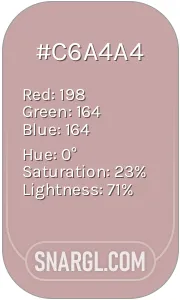 Pale mauve
Pale mauve Liver
Liver Light taupe
Light taupe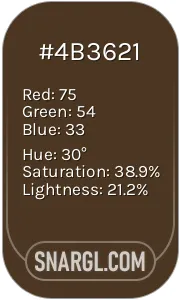 Cafe noir
Cafe noir


 Blue green
Blue green Fawn
Fawn Light cornflower blue
Light cornflower blue Dark chestnut
Dark chestnut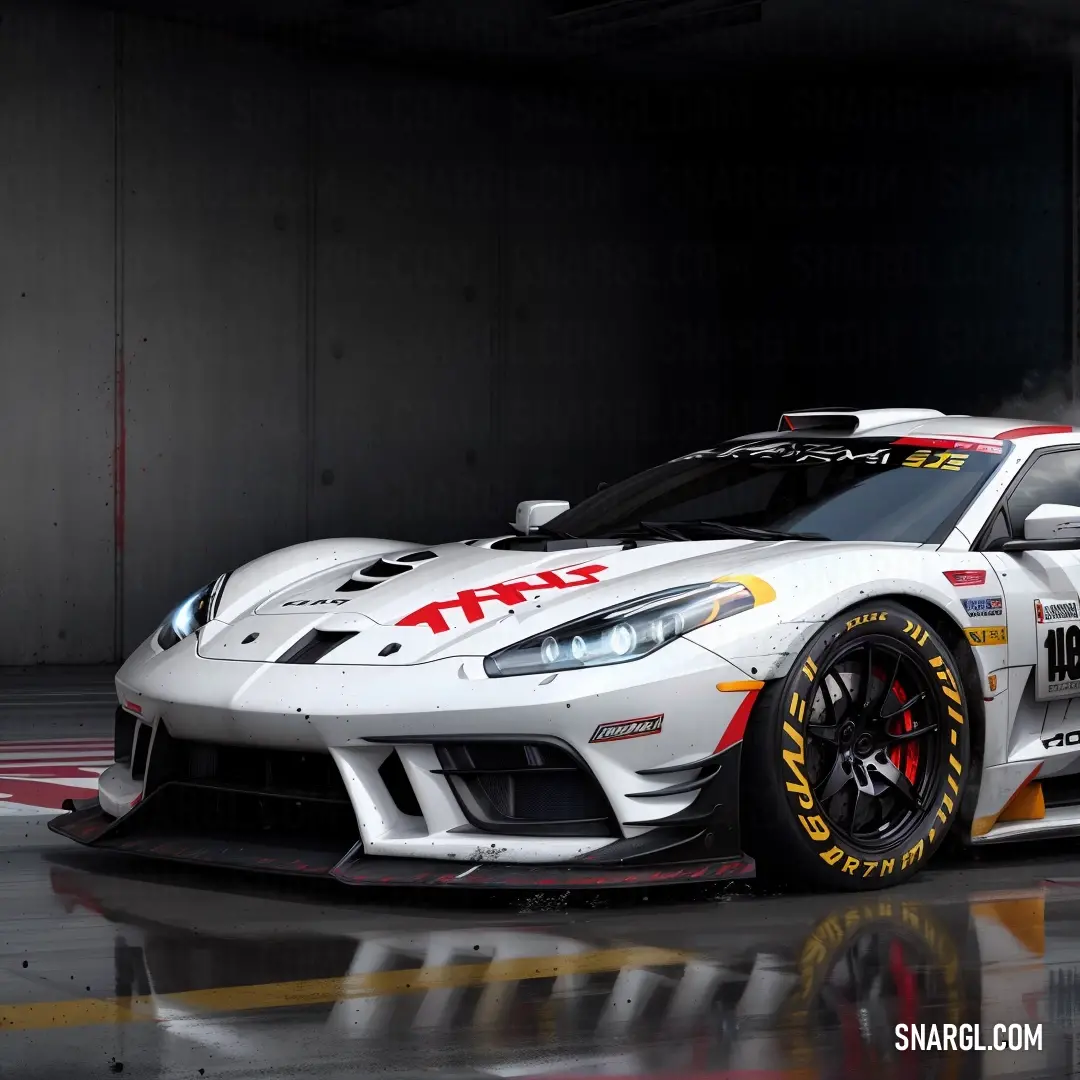






 Gray-Tea Green
Gray-Tea Green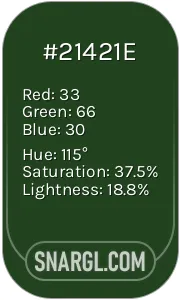 Myrtle
Myrtle Pastel brown
Pastel brown


 Umber
Umber Zinnwaldite
Zinnwaldite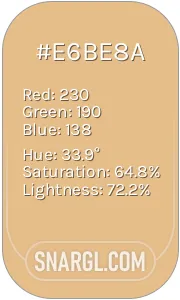 Pale gold
Pale gold







